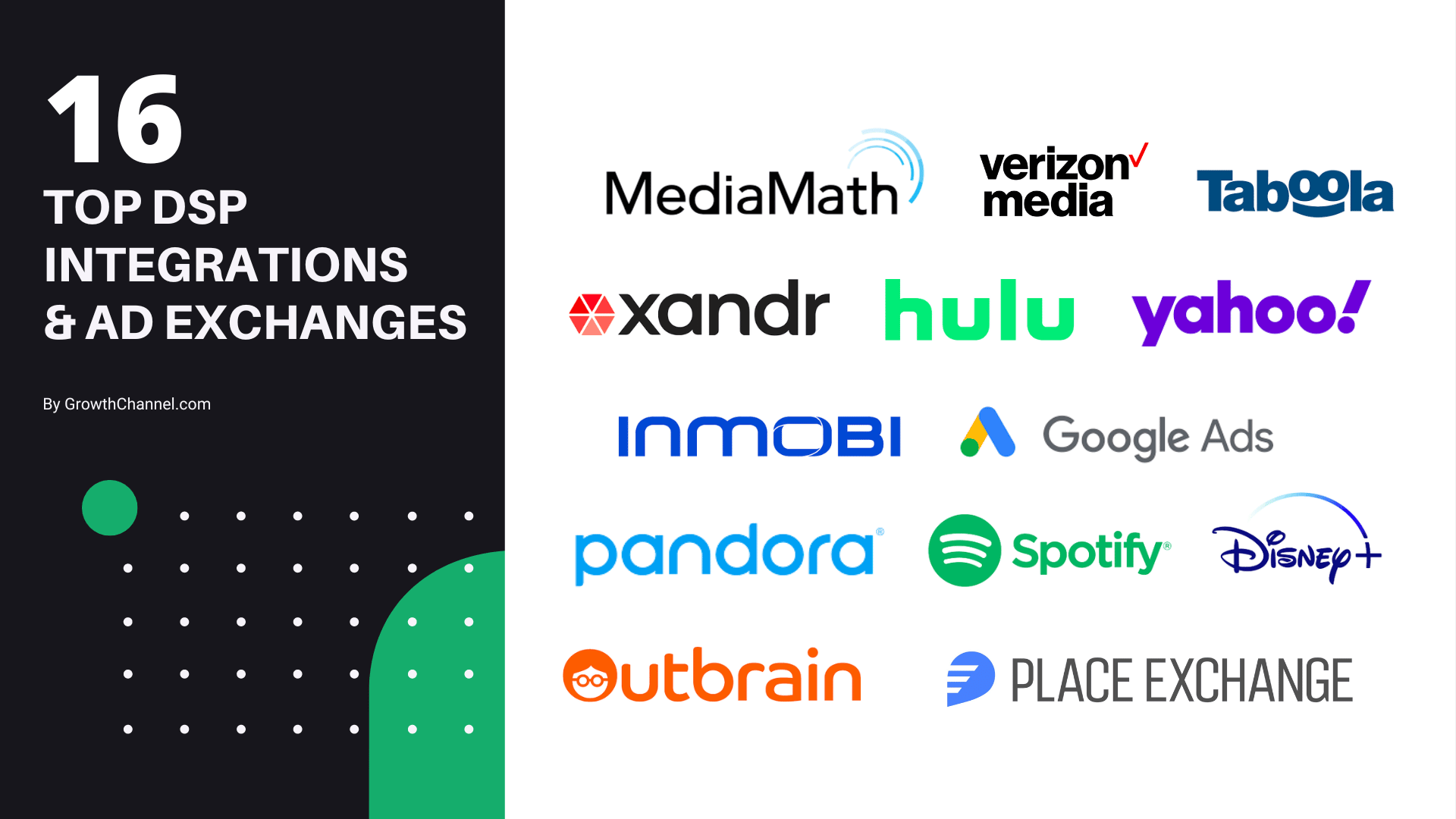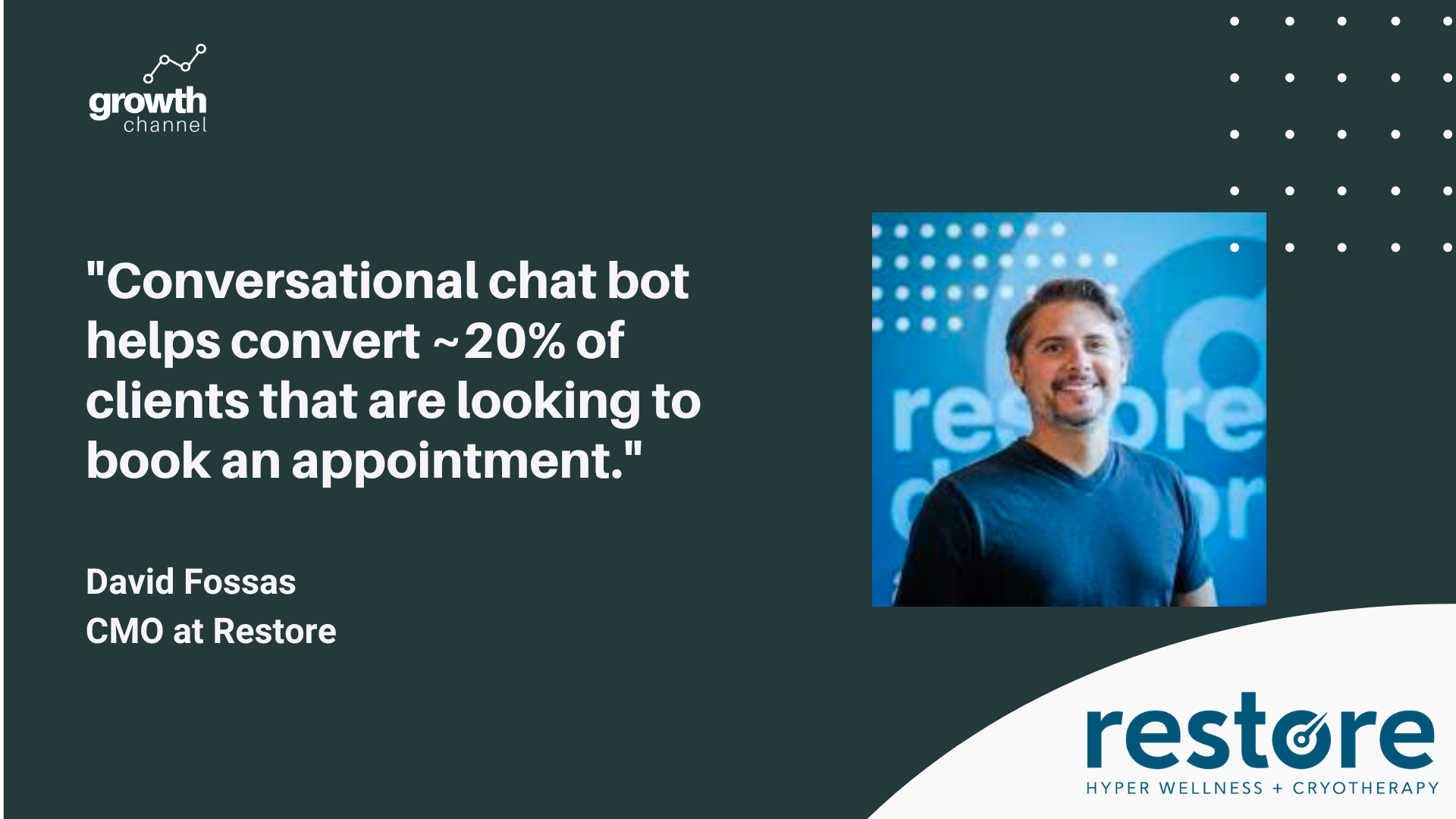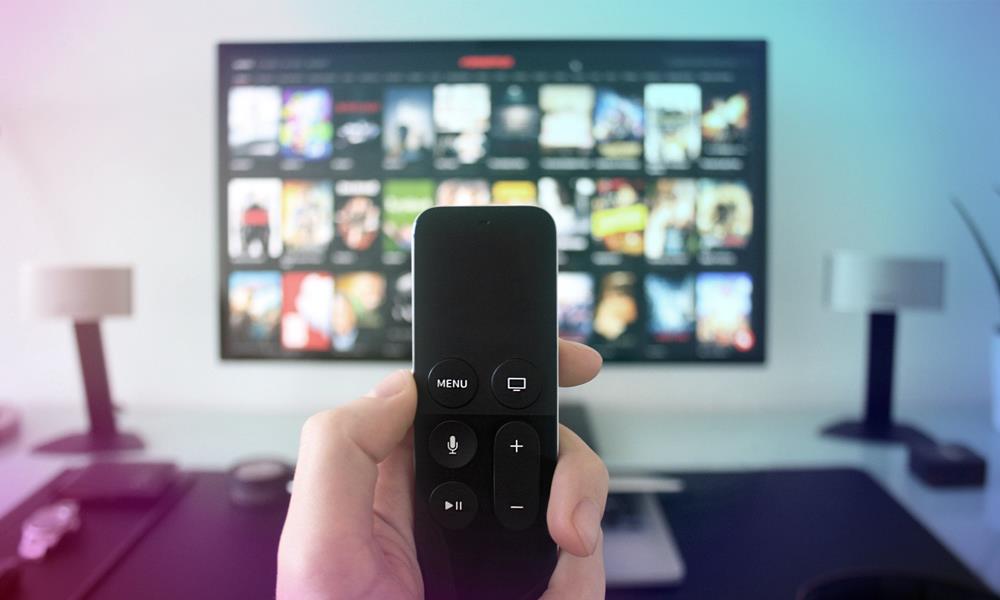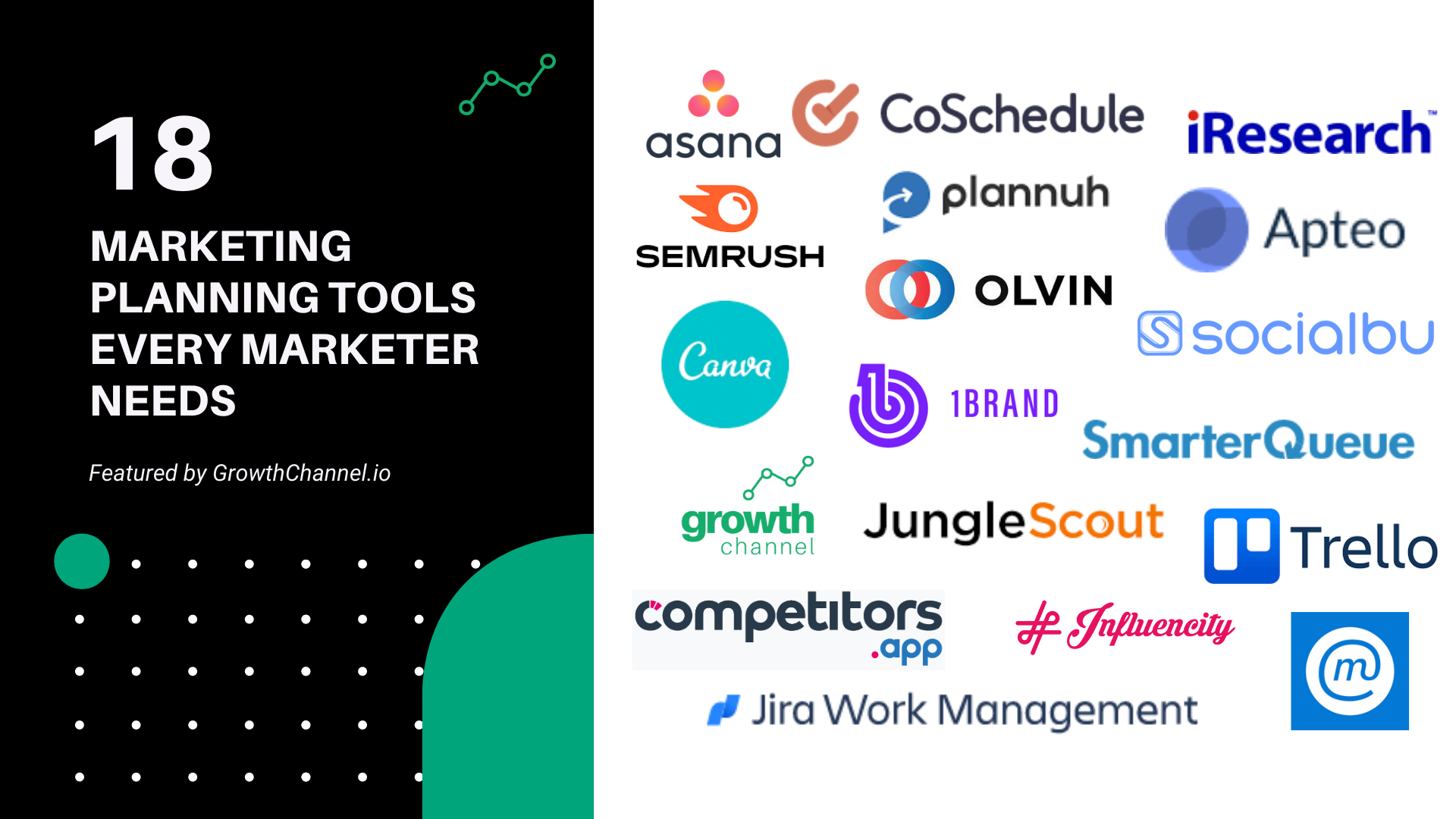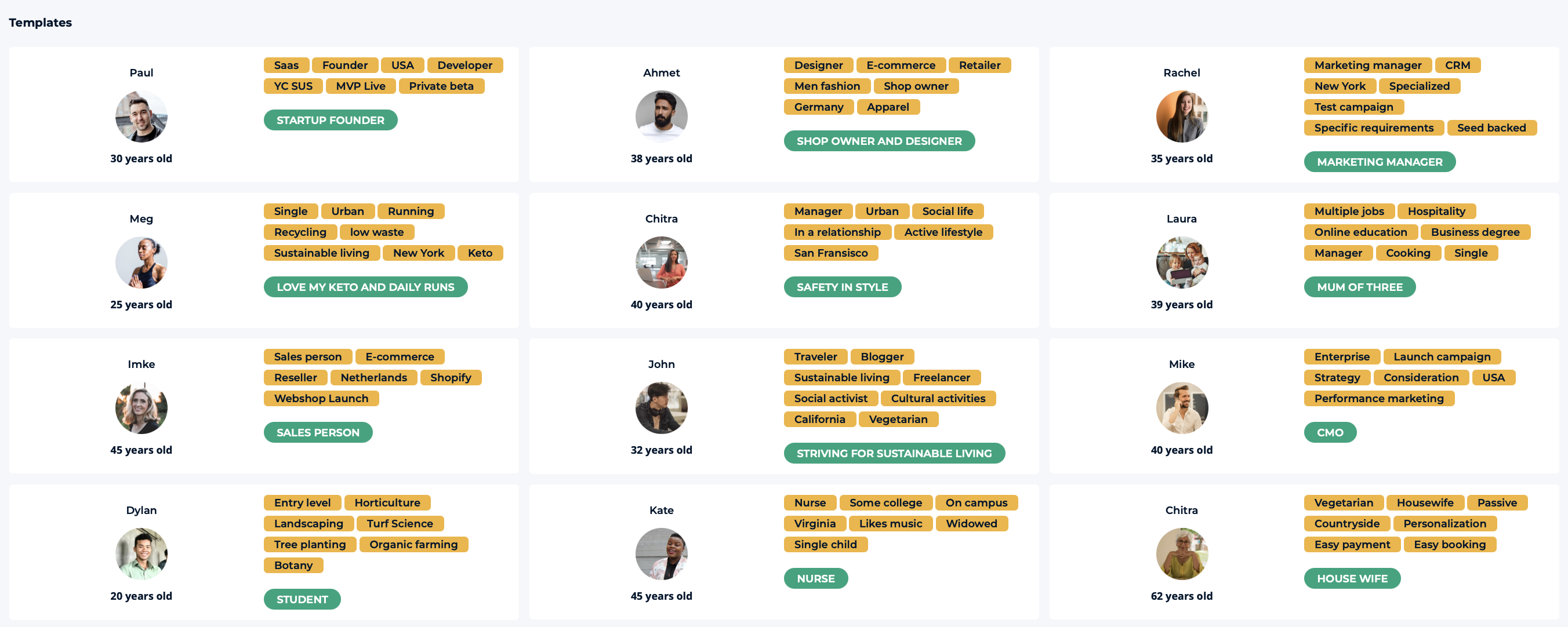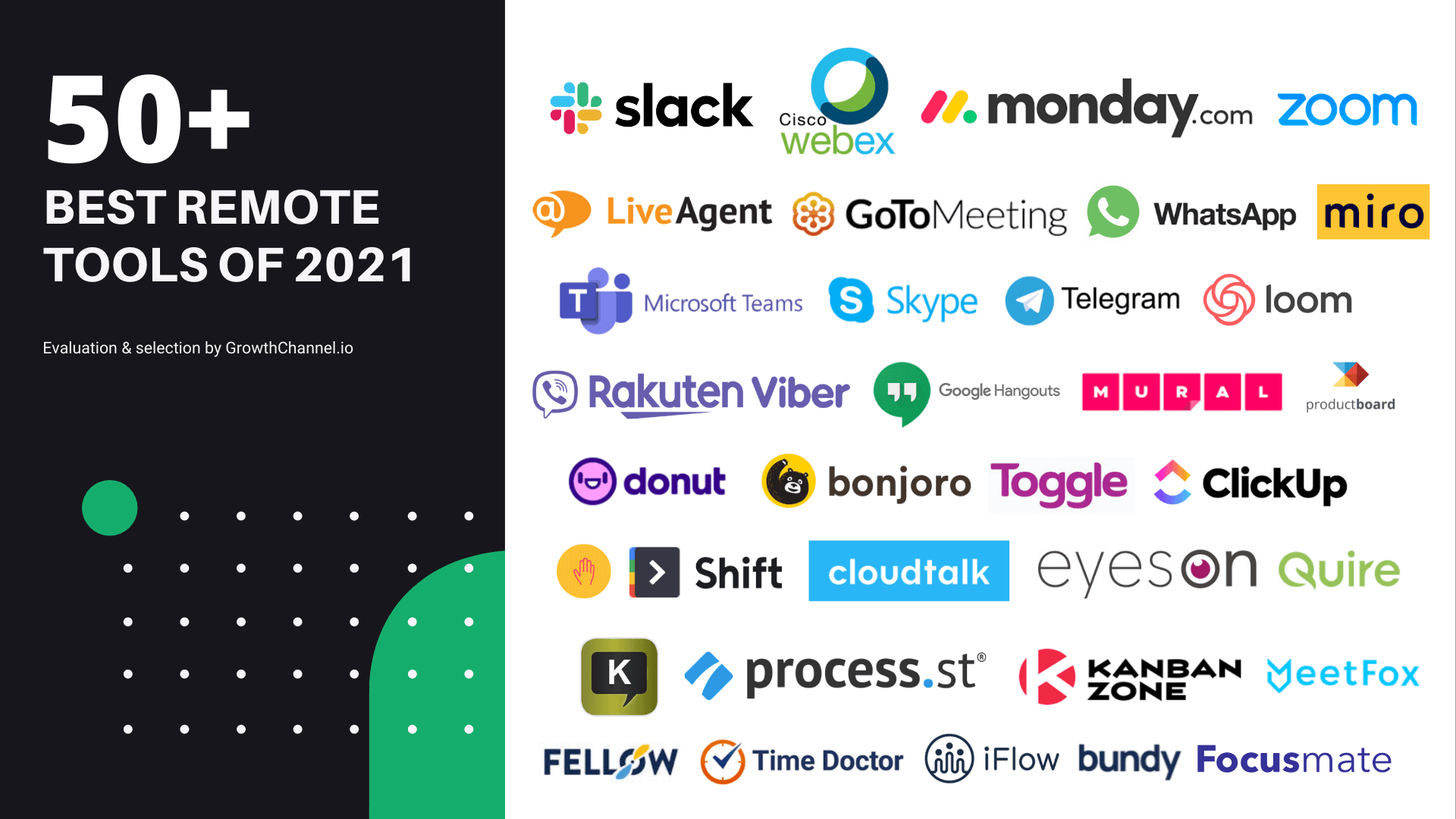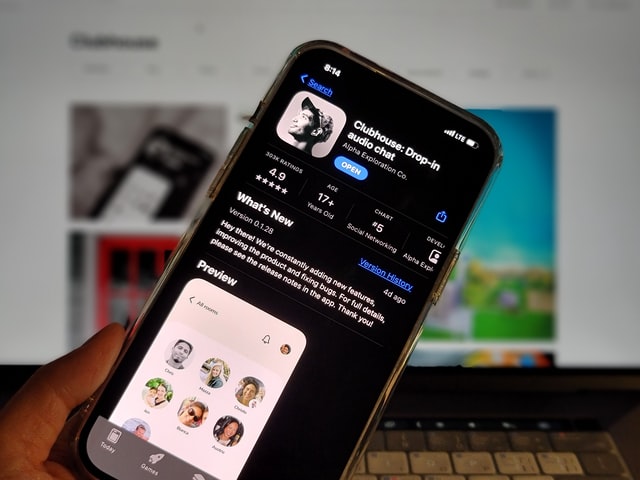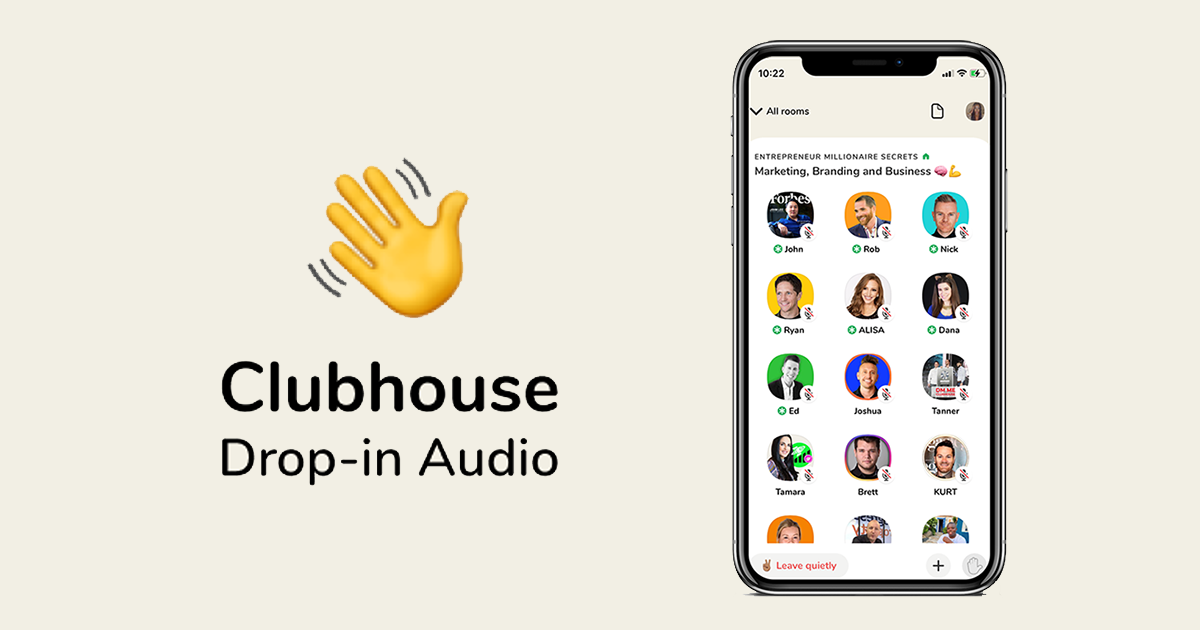Guest post by
Imo Bennard
Everywhere you look, people are listening to podcasts. But that is just one example of the power of audio. The rise of audio as a popular, passive way to consume content is just beginning. A new trend in social media apps will embrace the audio format to build a touchless world.
And the timing was perfect. As the months of remote work and social isolation added up, everyone became fatigued with video conferencing. There is a lot that goes into jumping on a video call, and frankly, people were looking for something simpler. To those who yearn for user-friendly simplicity, audio-only social media apps are a great solution.
Why Social Audio is the Future of Content
Audio content is the most accessible type of content because it is entirely passive. As a society that loves multi-tasking, we can consume content while driving, cooking, working out, and relaxing. Many prefer audio because it is an intimate experience between the creator and the audience with a unique ability to convey emotion and build a connection.
While text-based content probably isn't going anywhere, we are in the midst of a shift to supplement engagement with audio. And in social audio—specifically live debates and engaging conversations, people are connecting without worrying about where to look on the screen so that no one sees up their nose. As apps like Clubhouse gain more notoriety, conversations are joined by big voices like the green tech giant Elon Musk, celebrity Ashton Kutcher, and comedian Kevin Hart. And the prospect of joining a conversation with celebrity idols is enough to bring the crowds.
The move towards social audio might have benefited from the pandemic, but it's a medium that will be here to stay. It comes in many different forms, from static audio posts that function like tiny podcasts to monetized live shows. Many platforms are even experimenting with audio interactions to replace traditional text commentary.
Changing the Social Media Landscape
The concept of audio content is not new; in fact, radio talk shows were the early predecessors of the modern-day podcast. We've used audio to provide news and share information, enjoy music, audiobooks, and sports. We’ve used it to learn and invest in self-development. Radio is still on the radar, but advances in technology and the introduction of smartphones have put a hot mic in the hands of anyone with an internet connection to broadcast their message to the world.
More platforms are adopting live and limited features. Live means that the content is not prerecorded but shared in real-time with an audience. Live content is great for synchronous social media interaction but also risky and less controlled. Limited features include the likes of Instagram Stories, which are short-lived pieces of content that disappear instead of living in a feed.
Social audio is taking advantage of both. Popular apps like Clubhouse focus on the here and now by catering to live conversations that disappear and cannot be accessed once the talk has ended. This is big news for the entertainment industry. One way that audio is shaping social media is by allowing performers to provide sneak-preview shows that are limited in duration. In turn, those who see the show are 67% more likely to purchase tickets to a live event.
And in the world of sports, it's a modern take on calling into a radio show. Hosts have been covering games and giving highlights for as long as spectator sports have been around. And a new wave of social audio platforms will give this commentary a facelift. Like a traditional radio show, guests will be able to participate in the conversation by being called up on stage—so to speak. Take a look at the sports talk platform Locker Room. It’s an audio-only social media app that connects sports fans, athletes, and industry insiders in a common space. The app takes the typical play-by-play commentary and turns it into a social experience.
The Best of Audio-only Social Media Apps
Where do we start? As audio content takes the social media world by the storm, you may be wondering which apps are worth checking out and which ones are likely just a flash in the pan. While the best is undoubtedly yet to come, here are our current favorites.
Riffr
Riffr took the popularity of podcasting, shrunk it down to three minutes or less, and built a platform around it. This social network is available on Android and iOS devices, and it's free to use. While podcasting is popular, it’s also long-form audio content that is time-consuming and expensive to produce. Riffr is the casual alternative, offering fun and spontaneity!
Audlist
This audio-based social media network is the most flexible. There is no maximum length for audio files, so users can post short bits or longer diatribes depending on their needs. Text content is limited to a short title, while community interactions are limited to short audio files. However, cover photos for each post are totally acceptable.
There are plans in the works to add multiple images, direct messaging, voice modifiers, autoplay, and audio stories (similar to Instagram stories). Audlist is available for both Android and iOS.
HearMeOut
This audio-based social media platform focuses on short snippets up to 42 seconds, like the Twitter of audio content. Every post on the platform can be accompanied by one cover image. And the platform plays well with others—allowing users to share content on more popular networks like Twitter, Facebook, and Instagram. And like a true social media platform, HearMeOut users can interact with posts through a text-based comment feature. HearMeOut is available for both Android and iOS.
Clubhouse
One of the most popular social audio apps has recently exploded in popularity. In one month, the Clubhouse app went from 2 million downloads to 10 million downloads. Clubhouse originally launched on iOS and after rising to fame quickly, it launched an Android app that is still fairly new and invitation-based. It seems that everyone is jumping on the social audio bandwagon. One user described the app as one part TED talk and one-part early 90s chatroom.
It's new, and it's fun, and it's bringing live conversation back into the mainstream. One notable drawback that has received a lot of criticism is the platform's moderation practices which include publicly branding blocked users. But on the upside, the app is still attracting millions of new users every month and has introduced a new genre in social media to the world, paving the way for others to follow.
Clubhouse is a great platform for businesses to expand their network, collaborate with peers, and directly engage with their target audience. If you’re interested in startup stories, Growth Channel is teaming up with Go, Go, Startups! on Clubhouse to interview a new early-stage startup founder every second Friday of the month.
Discord
A social app that spawned in the gaming world, Discord has proven itself to be adept at identifying needs and filling them. The app's original focus was to provide a voice-to-text communication tool for gamers who couldn't pause their game to converse. But in light of the global pandemic that upheaved lives around the world, the platform re-branded to appeal to a wider audience and provide a much-needed way to connect during isolation. Discord has more than 140 million active subscribers, tripling their customer base during the pandemic.
Wavve
This app was designed for audio by people who love audio. The original target audience was musicians and podcasters who had audio content to share. It was a happy accident that the world of social audio was growing around it at the same time. Using the Wavve app, users can combine audio files with animations and captions to create engaging videos and share the content on all major platforms.
Spoon
Spoon is very similar to Clubhouse in that it allows users to create discussions or shows and invite audience members to participate. However, the upside to Spoon is that creators can get paid for their shows through an in-app donation feature.
Checkmate
The online dating world equivalent of an audio-based social platform is Checkmate. With the platform restricting users to audio and video formats only, the risk of catfishing is all but eliminated.
Old Dog, New Tricks
As the popularity of social audio continues to boom, the established platforms aren't leaving anything to chance. Facebook is launching new integrated audio features to allow users to record and post audio content directly within the platform. Twitter has already launched a feature called Twitter Spaces, which are audio-based chat rooms for live discussion. And Spotify has launched the Green Room.
How Brands Can Leverage Audio-Only Social Trends
People are listening—really listening! An estimated 193 million users consume an average of 16 hours of audio content every week. There is an opportunity for brands to get in on this growing trend early and provide the type of content that is effortless and even enjoyable to consume. Consider these ideas to get a head start on social audio marketing this year.
- Sponsored Advertisements
- Thought Leadership Discussions
- Live Q&A Events
- Inspirational Behind-the-Scenes Audio Blurbs (3 minutes or less)
- Mini Interviews with the CEO or Front-line Employees
The Bottom Line on Social Audio
It turns out that the ballooning popularity of social audio apps like Clubhouse is just the tip of the iceberg. In the spirit of embracing "what's-old-is-new," people will be revisiting the idea of open conversations. Audio-only social media trends are expected to continue to grow, and we expect to see many new incarnations of these apps in the coming months and years. The move towards audio will be for everyone—individuals, creators, brands, and entertainers.
Imo Bennard is a marketing professional that hails from Nigeria. He has developed a knack for finding the perfect advertising strategy to match his client’s needs and goals. He excels at developing meaningful relationships with his business associates and goes above and beyond to ensure that each client achieves their goal with each content campaign developed. When Bennard is not creating marketing projects, he spends his time swimming with friends and family.



